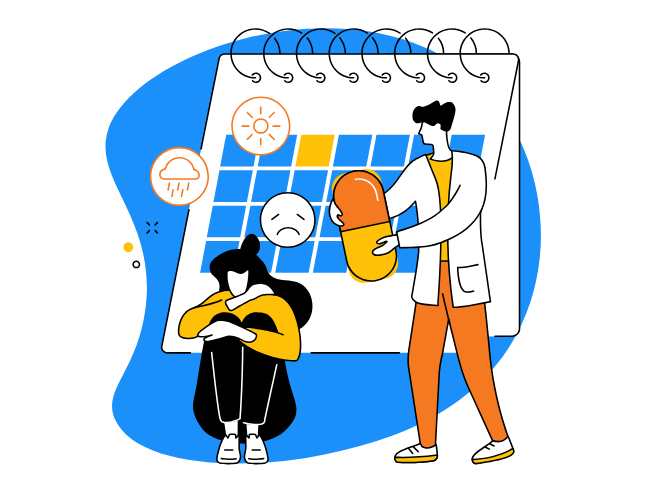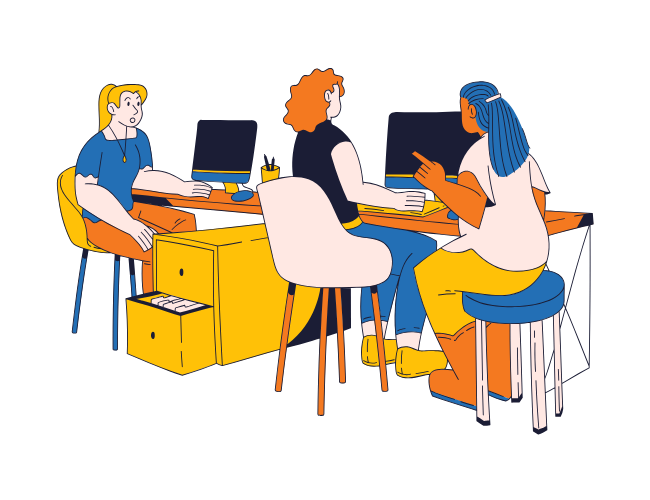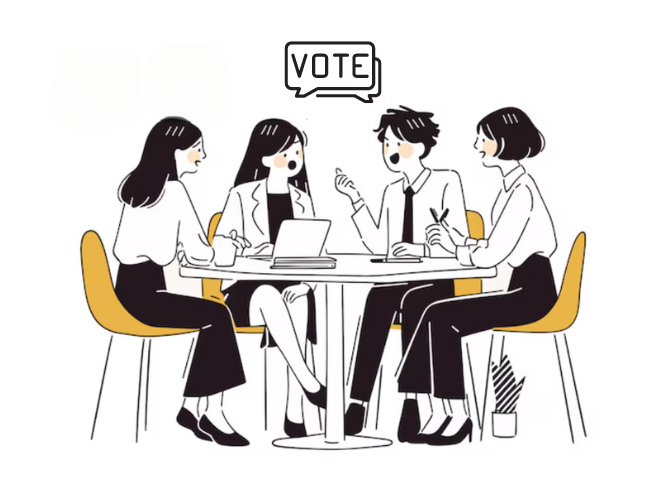The benefits of taking regular walks for physical health are well-documented, however, walking can also have a tremendous impact on brain health. Research has shown a clear connection between the mind and body, especially how regular physical activity can prevent Alzheimer’s and other forms of long-term cognitive decline.
This article explores the idea that walking can also confer immediate benefits related to employee performance, creativity, and overall well-being.
A 2014 study from Stanford University included four separate experiments that demonstrated how walking boosts creative thinking in real time and shortly after. Most of the participants benefited from walking compared with stationary sitting, as walking or rolling in a wheelchair increased creative abilities for 81% of the participants in the study. The degree of improvement was also significant, with the average participant increasing creative output by around 60%.
Movement allows ideas to flow freely, as participants were more talkative compared to sitting, and more of their talk included creative notions. It is also possible that the act of walking contributes to divergent thinking because walking triggers thoughts of moving from one idea to the other. Mood is another potential factor since physical exercise is directly correlated to mood enhancement through endorphin release. A positive mood boost might in turn improve novel thinking, however, other research has shown that negative emotions can lead to increased artistic creativity.
“All truly great thoughts are conceived while walking.” ― Friedrich Nietzsche
The applications of this research to employee well-being programs are endless. When there is a premium on generating new ideas in the workplace, it should be beneficial to incorporate walks. In addition to providing performance benefits, it would address concerns regarding the physiological effects of inactivity.
5 Ways To Promote Walking In The Workplace
Here are five ways that employers can promote walking to support employee health and creativity in the workplace:
- Active Workstations – As standing desks become more common in corporate offices, treadmill desks are following suit. These active workstations can add a lot of movement to otherwise sedentary jobs.
- Walking Meetings – This idea can be implemented in any working environment. Remote employees can walk independently during a meeting, while in-office workers can gather for a stroll around the building or outdoors. Employees can experiment with half walking, half stationary meetings to reap the benefits of creative thinking while moving and analytical thinking while stationary.
- Running Or Walking Club – Leading human resource organizations are integrating Employee Resource Groups with their corporate wellness programs. Workplace walking and running clubs are popular employee-led affinity groups that help employees get and stay active. Lunchtime walks and pre- or post-work runs can build community and camaraderie among employees.
- Wearable Devices – Wearable devices allow employees to benefit from automatic tracking of steps and other health data. Apple, Fitbit, Garmin, and Samsung have traditionally been recognized as the leading producers of wellness devices, however newer entrants to the market include Amazon, Whoop, and Oura. Employers can purchase devices in bulk, offer a subsidy to make them more affordable for employees, or feature wearables as part of a wellness program reward structure.
- Step Challenge – A step challenge is a great way to motivate participants to become happier, healthier, and more energized by recognizing the benefits of everyday activity. Automate the challenge process with real-time syncing of wellness data through an award-winning platform like Wellable, or start small with a Do-It-Yourself (DIY) Template.












